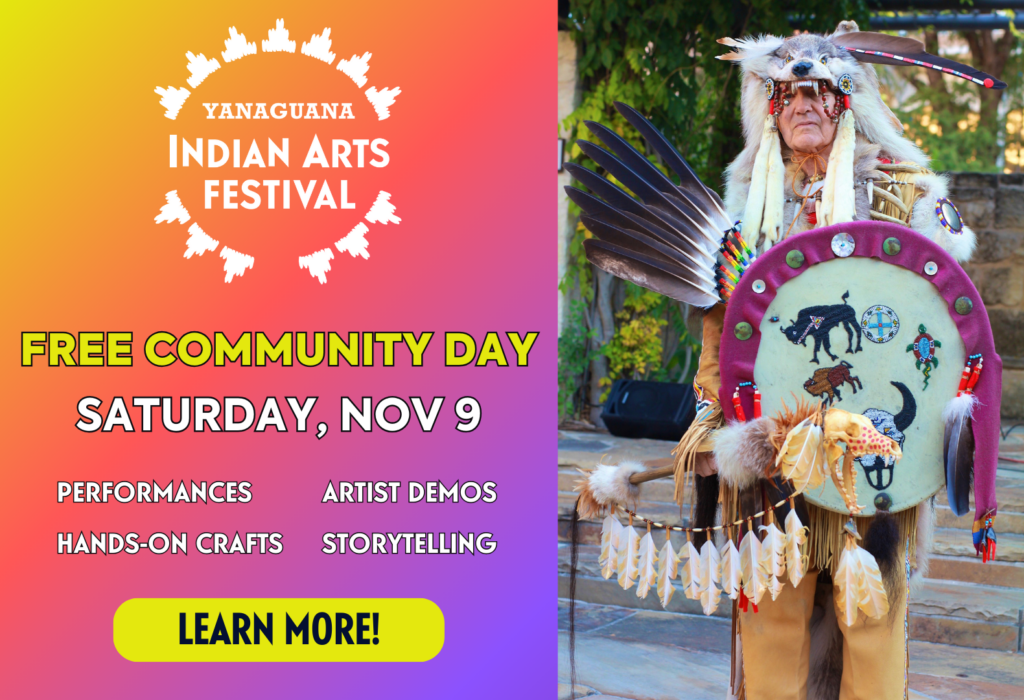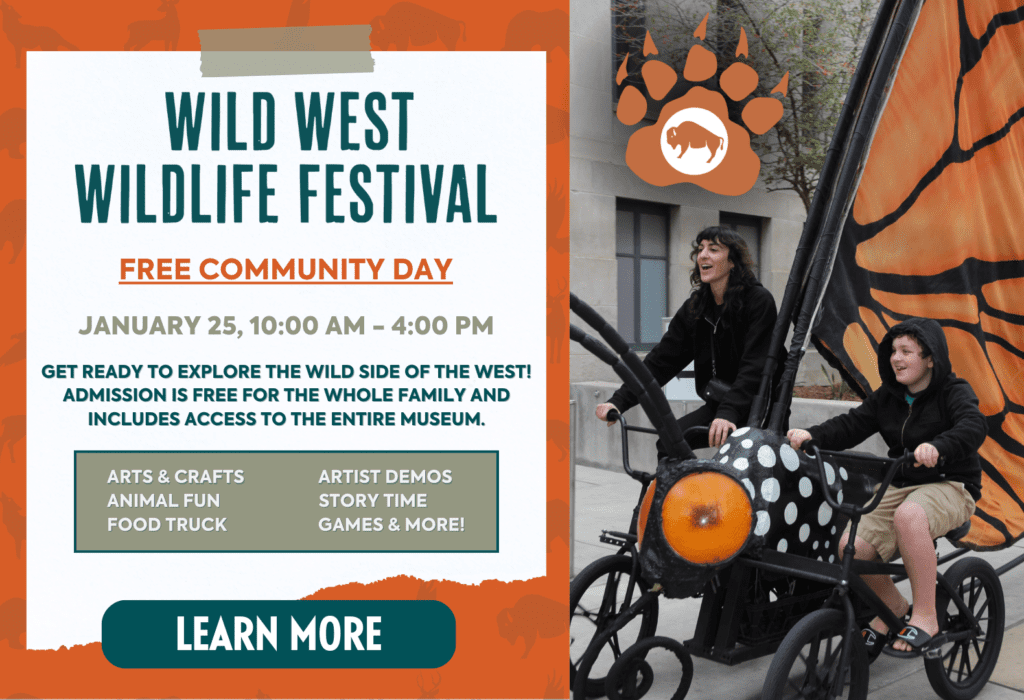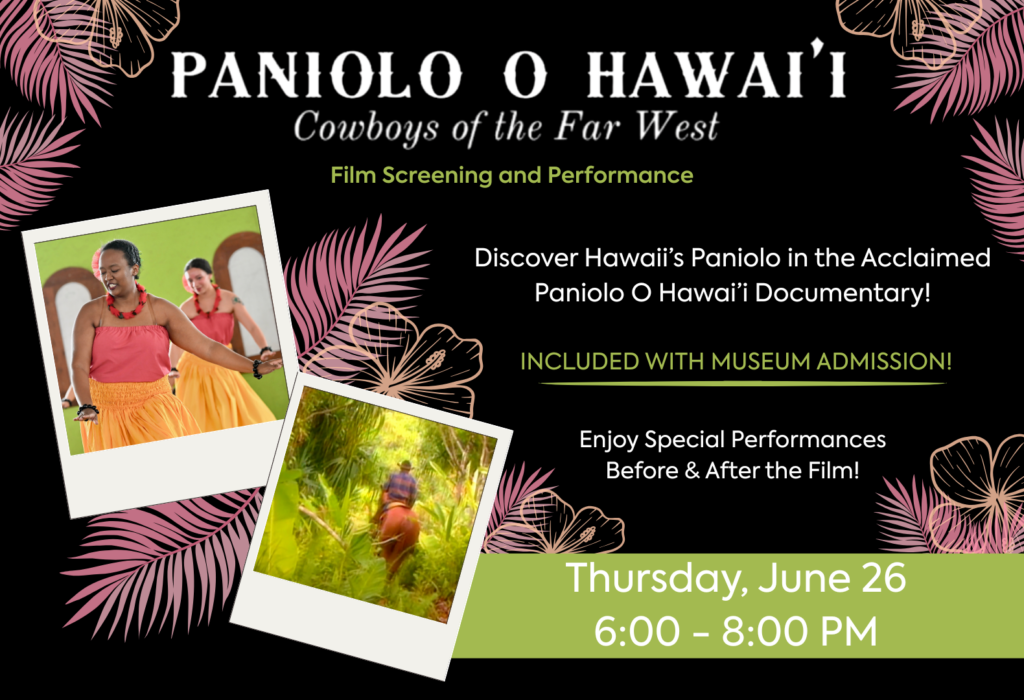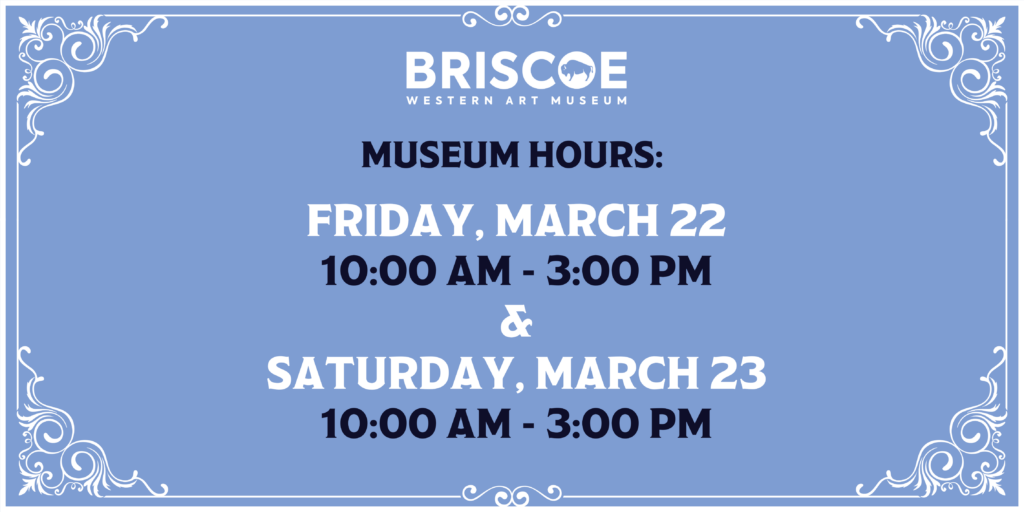Ask a Curator: What Did the Early Vaqueros Eat?
Ever wonder about the food ways and diet of early Texas Vaqueros? We spoke with our Curator of Art, Emily Wilson, to learn more about the historic lifestyle of the hardworking Mexican cowboys, whose legacy and traditions continue in Sonora, Mexico.
Vaqueros often lived with their families on the ranches they worked and were responsible for feeding, gathering, branding, castrating, and readying for market tens of thousands of cattle a year. They were driving up to 20,000 head of cattle per year from Texas to Louisiana and Mississippi a century before the legendary trail drives of the 1850s and 1860s. In fact cattle were first introduced into Texas in 1540 and have had a long presence in the region.
Certainly vaquero cooking then as now was heavily influenced by indigenous Native ingredients, like the Anasazi bean from which the Pinto bean is descended from, chilies, corn, and potatoes, as well as by the introduction of foods brought in by the Spanish, like cattle, sheep, and goat. Together, these influences have built the flavors and tastes of Mexican cuisine.
Early Texas cowboy cooking—in the 1700s—included wild game and goats preferred by Spanish herders. During cattle drives, fish, game, bird eggs, or wild plants were welcome sources of food. Wild fruit included pawpaws, mayhaws, muscadine grapes, and dewberries. They would forage for wild greens and chile pequins, which they preserved bottled with vinegar. Small game like rabbits were often snared with short-makeshift ropes.
In these days, vaqueros ate a lot of atole, a thickened and spiced corn flour drink similar to cream of wheat for their breakfast meal, which was an original concoction of the Aztec culture. Creativity was key to cooking. Often, dough could be activated by mixing flour and water together and setting it out in the sun, where wild yeast would take root.
Vaqueros would use their leather chaps to knead dough in a sand depression to form a bowl. Then they would dig out fresh clay at a water hole. This clay was shaped into a bowl and placed over the dough. A mesquite fire was built on top of the clay and buried dough, resulting in a clay oven that hardened, cracked, and steamed as the bread expanded. The resulting fresh bread was dusted clean and eaten with salted jerky.
Tasajo—or jerky—was a range staple. The meat would be cut into strips, maybe salted, and hung across a stretched reata to dry in the sun. Then Jerky would be boiled, pounded, and pulled apart to make jerky-stew or guisado de carne seca. You can see the practice in modern times in a photograph from our exhibition, Vaqueros de la Cruz del Diablo.
—Emily Wilson, Curator of Art
BECOME A MEMBER
Help us bring the spirit of the West alive by becoming a Briscoe Partner!
Click here to become a member!
SUPPORT THE MUSEUM
Governor Dolph Briscoe and his wife Janey envisioned a Museum that would preserve the stories and traditions of the American West.



























